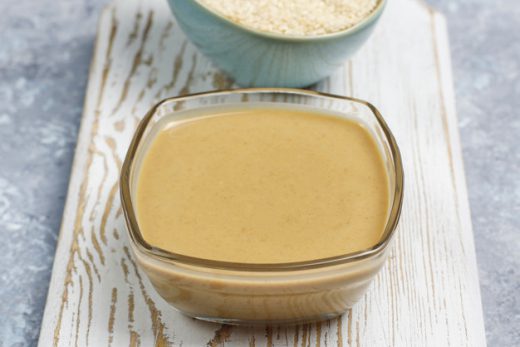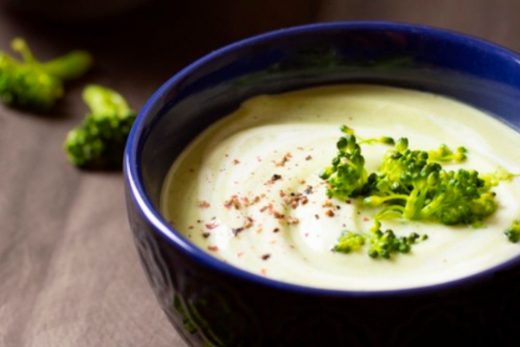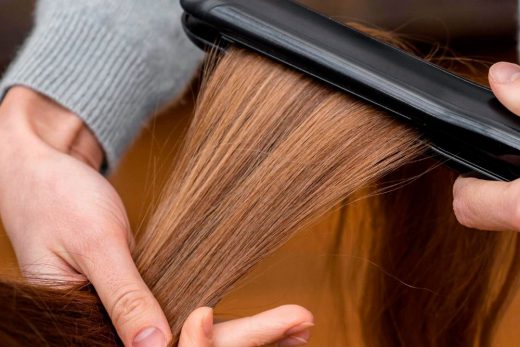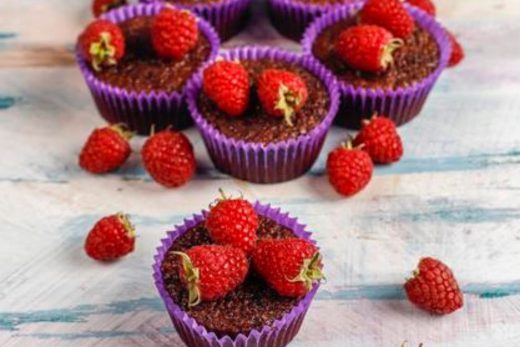Wondering if you can create a marble effect on your laminate surface? Read these steps to discover what you need to make marble countertop paint for much less.
If you want the look of marble but it’s just not in the budget, don’t despair. You can paint your existing laminate countertop to look like marble, for a fraction of the cost. And you don’t have to be an artist for it to look nice, either.
How to Marble Paint Countertops
Marble comes in many different colors, including gold, black, brown, and blue. We chose to replicate the traditional white with grey veining, but this technique will work with any colors.
Follow these steps for painting countertops to look like marble:
- To make the paint look like real marble, you want the surface as smooth as possible. So, don’t skimp on the prep work.
- Thoroughly wash the countertop with hot water and soap. Rinse, and allow to dry.
- Part of marble’s beauty is its smooth, glassy surface. If there are any deep scratches or nicks, fill them with laminate filler. Then, to help the paint adhere, roughen the countertop surface with medium sandpaper. Remove the dust with a damp rag or tack cloth and allow to dry.
- Using painter’s tape, and plastic sheeting, cover anything you don’t want to paint, like the floors, backsplash, sink, and cooktop edge.
- Using a small roller, apply primer to all the surfaces you want to paint, remembering the edges. Allow to dry overnight and lightly sand with fine sandpaper. Wipe with a damp rag or tack cloth to remove dust.
- Paint the entire countertop with the white paint by first cutting in with a 2-inch natural bristle brush and filling in with your 7-inch roller. Allow to dry.
- Next, start adding the color variations that will impart the marbled appearance. Working in sections, use the round brush to randomly dab on the three grey colors, starting with the lighter shade, then the medium, then the darker, blending as you go.
- Blot with a sea sponge to soften the lines. Oil paint takes longer to dry than acrylic or latex, so you don’t have to rush the process. And, as you layer the colors, some areas may appear thicker than others. Don’t worry, it will settle out evenly as it dries.
- Before the paint dries, add the veins that give marble its distinguished look. You can use a feather or a small artist’s paintbrush. To help you visualize what the veining should look like, refer to the marble tile. Veins usually run diagonally, and the contours are not clean—so replicating the pattern will involve smudging the lines.
- If using a feather, dip the tip into the darker grey and paint a line diagonally while turning the feather on its back and sides to get varying widths. Repeat with the other shades of grey. (If the paint doesn’t flow easily from the feather, you may need to thin it with a little paint thinner.) To use a paintbrush, push it forward against the bristles very lightly, twisting and turning as you go. Let the brush do the work; don’t force it. The more variation in width and color the more natural your painting will look.
- Before the paint dries, brush over it with a clean, dry paintbrush or blot with a dry sea sponge to blur some of the edges to give the veins some depth and breadth.
- After painting the veins, let the countertop dry completely before proceeding.
- When you’re sure the paint is dry, seal the countertop with an oil-based polyurethane.
- Working in sections, use your natural bristle brush to apply the poly in long, even strokes. Never shake a can of polyurethane or skim the brush along the edge of the can. These actions can produce unwanted bubbles.
- Allow a full 24 hours for the countertop to dry completely.
More: Kitchen Countertop Options; Stone Countertops
Tools and Materials Needed
- Tack cloth or damp rag
- 7-inch lambs wool paint roller with ¼-inch nap
- Sandpaper, medium and fine (a palm sander makes the job faster but isn’t necessary)
- Sea sponge
- Natural bristle round paintbrush
- Natural bristle 2-inch paintbrush
- Feather or small artist paintbrush
- Blue painter’s tape
- Three small containers for grey paint
- Oil-based primer
- Oil-based paint (eggshell white for the base coat and three shades of grey—light, medium, and dark)
- Paint thinner or turpentine
- Oil-based clear gloss polyurethane topcoat
- One marble tile for reference
- Plastic sheeting





